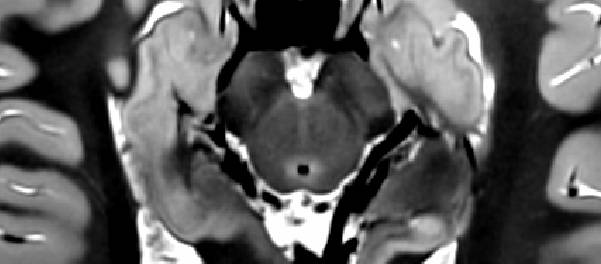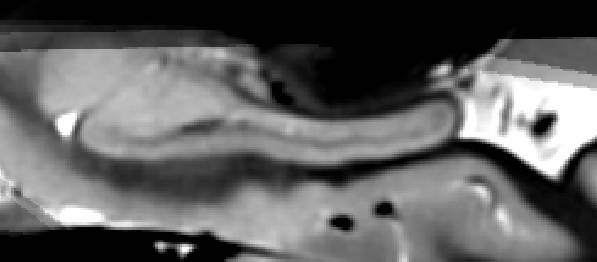The human hippocampus is a high-level brain structure that contributes to many advanced cognitive abilities, such as remembering our lives, finding our way around, and perceiving changes to the world. It may even contribute to our moods and personalities. It is vulnerable, and frequently impacted (or implicated) in psychological and neurological disorders. newly appreciated variation along its axis promises to unlock secrets of human cognition.
Anterior and posterior parts of the hippocampus are wired in a similar way internally, but connect to different brain networks, and feature subtle neuroanatomical discrepancies. Work in our lab suggests these differences to lead its anterior and posterior parts to behave like completely different brain structures, which raises fascinating questions. For instance:
- How does damage to either anterior or posterior hippocampus, but not the other portion, impact our abilities?
- Do anterior and posterior hippocampus serve the same sort of role for their respective whole-brain networks?
- Is it possible that only the posterior hippocampus contributes to memory as we think of it, while anterior hippocampus serves some other role?
To address questions like these, the POPMEM lab is leading a collaboration – one that spans over a dozen labs – to characterize differences between people, particularly those that may emerge from properties of the hippocampus. This project incorporates a multifaceted approach, incorporating observation of relationships between behaviour variables; the gathering of brain images at the Queen’s University 3T fMRI Center; and the analysis of genetic and other biological data. We are also drawing on the power of Compute Canada’s High Performance Computing Virtual Laboratory supercomputer cluster to decode the functional properties of anterior and posterior hippocampus.
Possible long-term benefits of this research includebetter localization of neural injuries and seizure foci, as well as better prediction of susceptibility to certain disorders. We also hope to improve our ability to characterize cognitive ability using inexpensive computer testing for applications in education, personnel selection, and eyewitness memory.
To learn more, we welcome you to visit our publications page, or view the key publications below.



